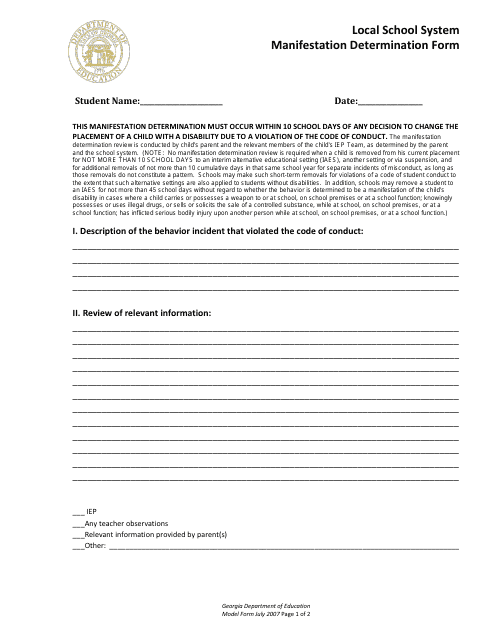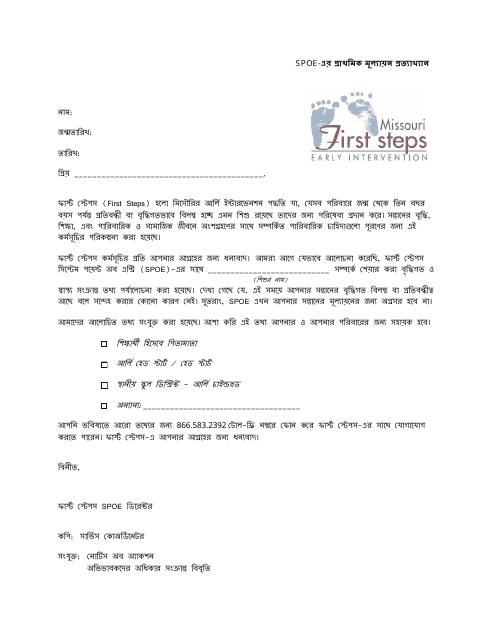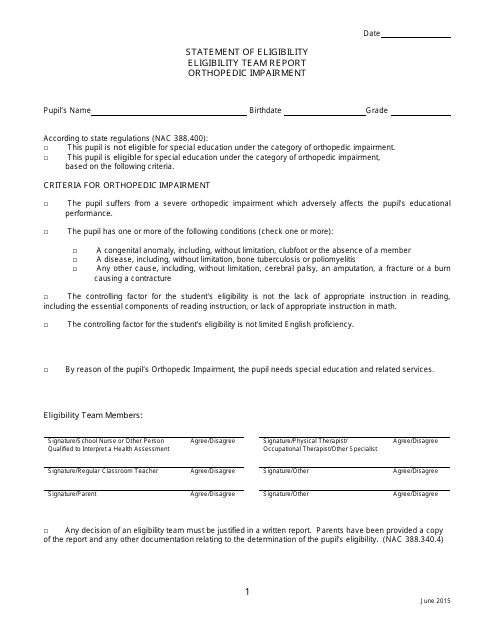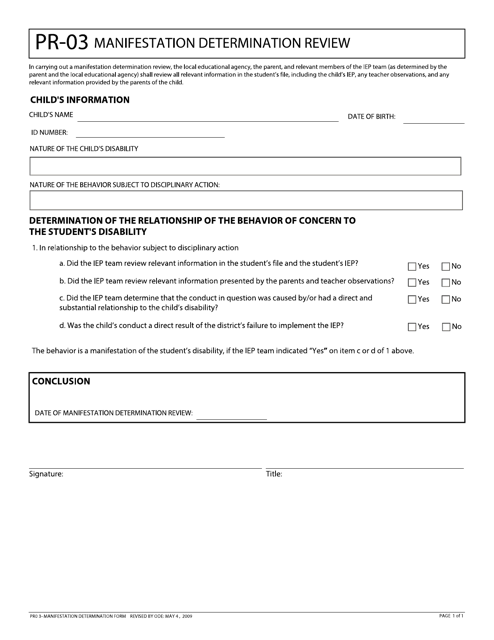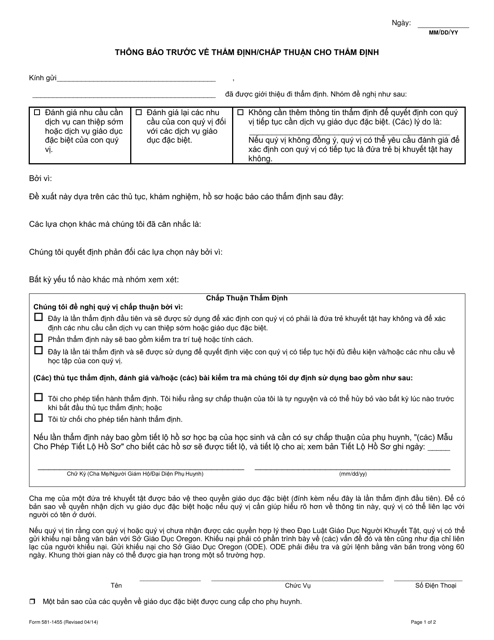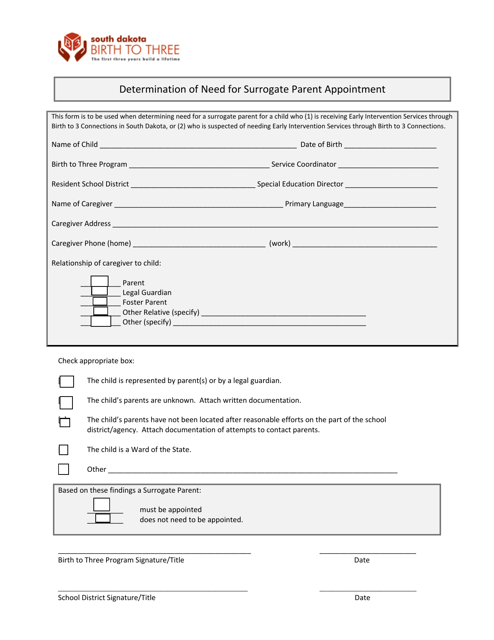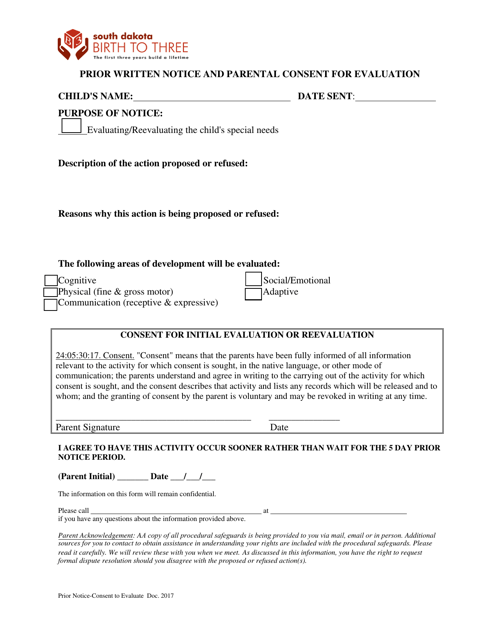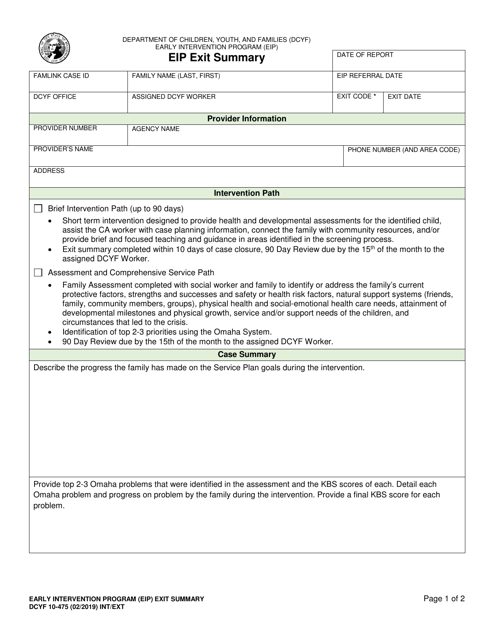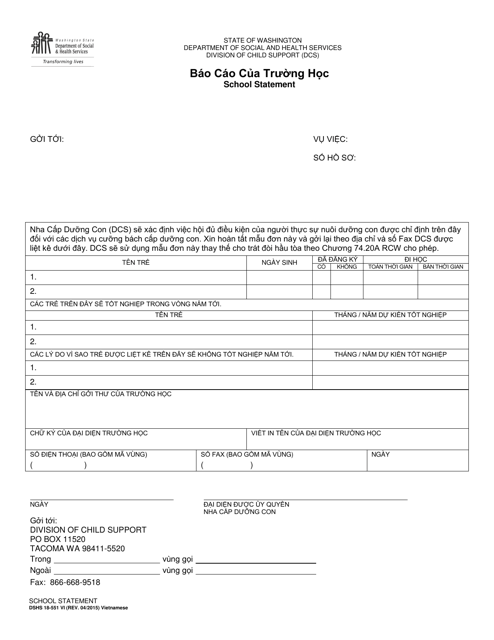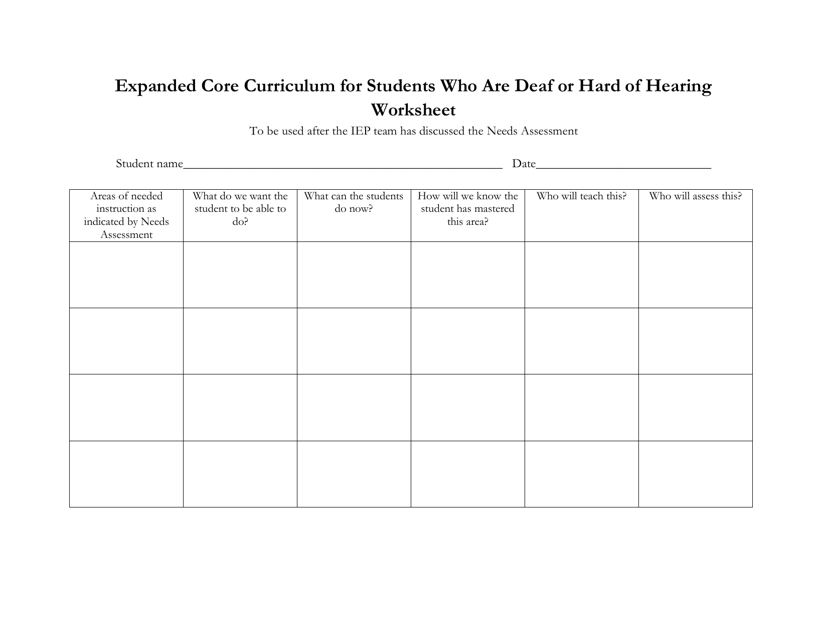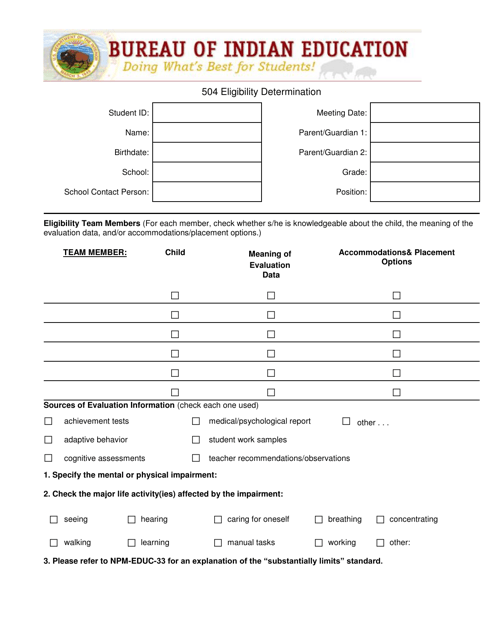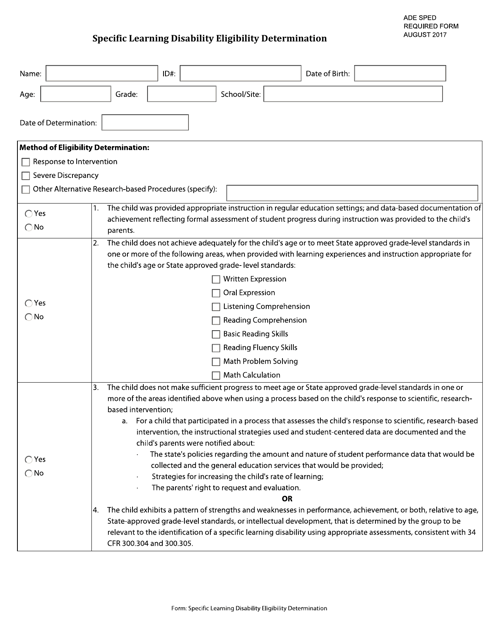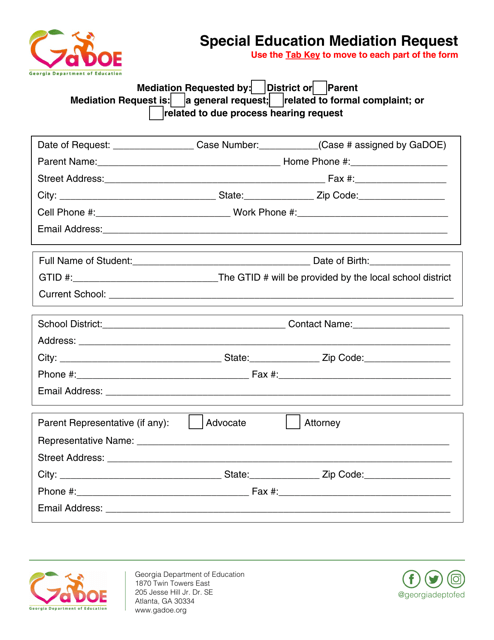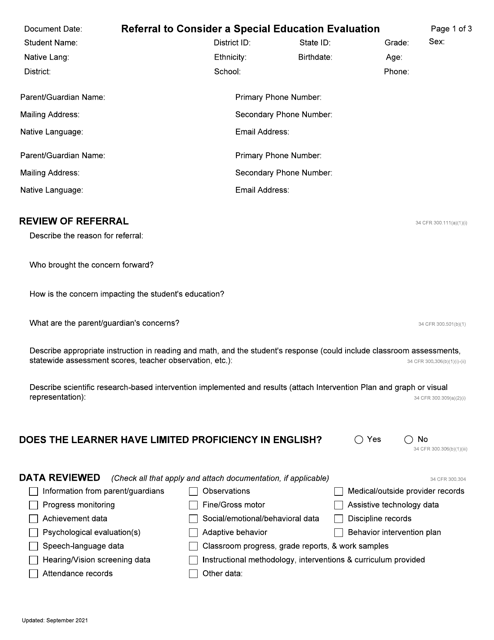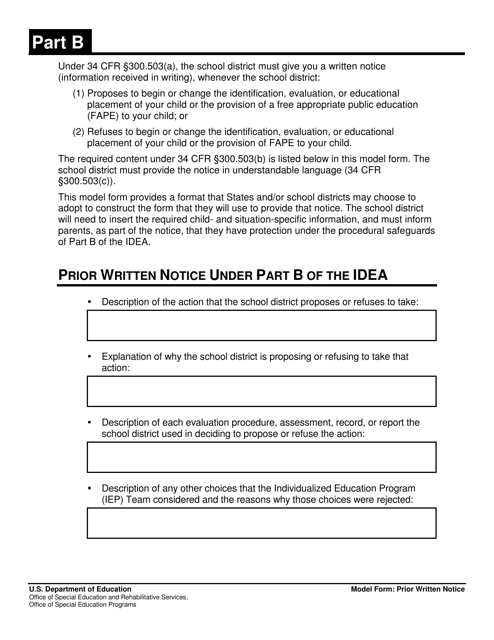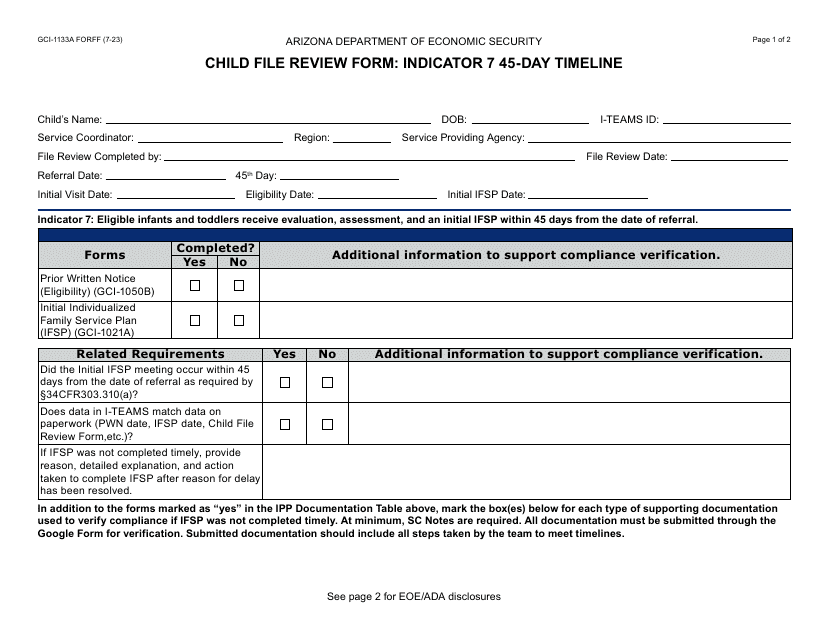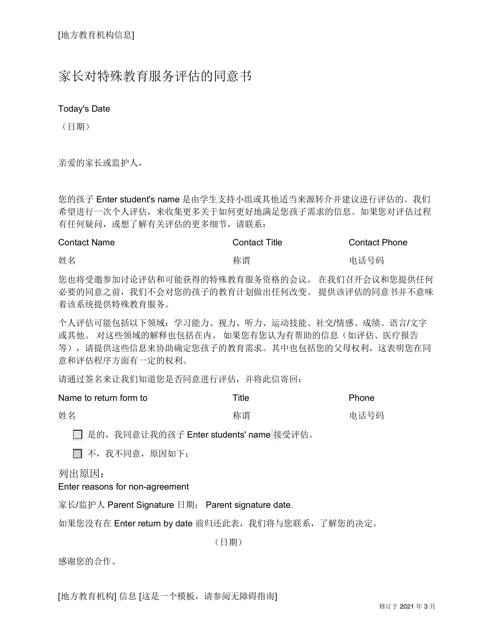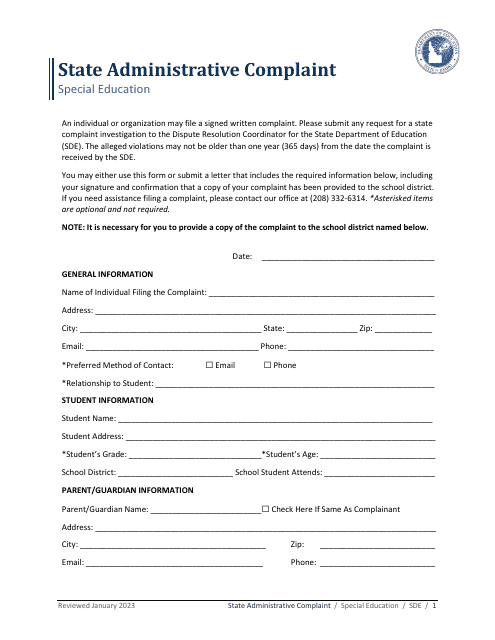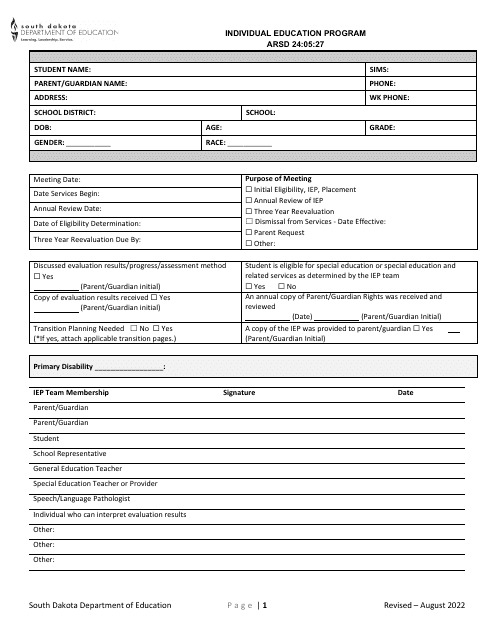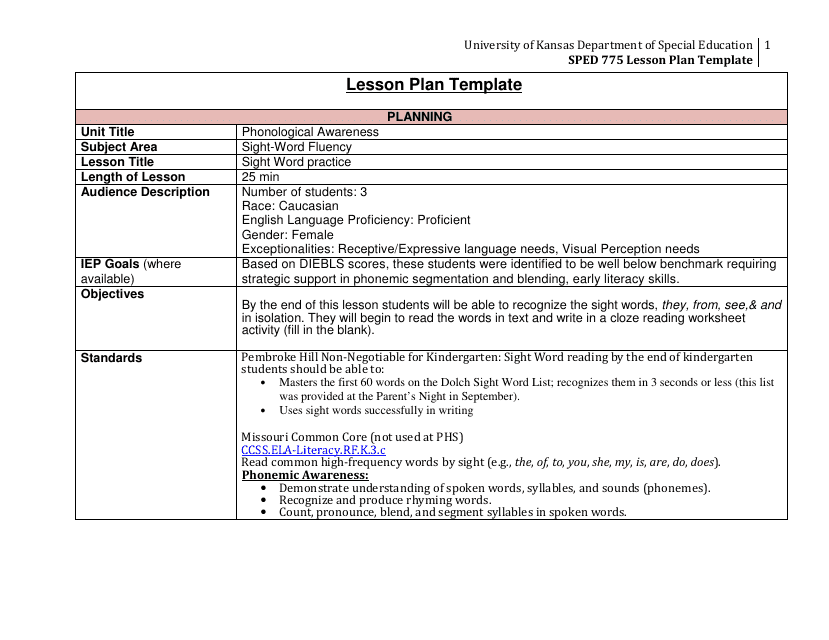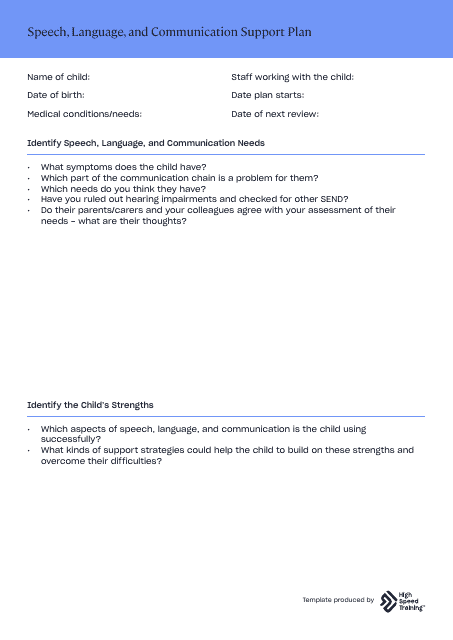Iep Individualized Education Program Templates
An Individualized Education Program (IEP) is a personalized plan designed to meet the unique educational needs of students with disabilities. Also referred to as an IEP Individualized Education Program or an Individualized Education Program IEP, this document outlines the specific accommodations, services, and support that a student requires to access a quality education.
The IEP is developed by a team of educational professionals, parents, and sometimes even the student themselves. It begins with a comprehensive evaluation to determine the student's eligibility for special education services. Examples of documents that may be a part of the IEP process include a Statement of Eligibility, an Eligibility Team Report for specific disabilities such as orthopedic impairment, and a Specific Learning DisabilityEligibility Determination.
In addition, the IEP includes important legal documents such as the Part B Prior Written Notice under Part B of the IDEA. This notice ensures that parents are fully informed and involved in the decision-making process regarding their child's special education needs. In some cases, disputes may arise, resulting in a State Administrative Complaint being filed relating to special education services.
A well-developed IEP also includes instructional materials and resources such as a Lesson Plan Template. This template helps educators in planning and delivering individualized instruction tailored to meet the unique learning needs of each student.
Through the implementation of an IEP, students with disabilities can receive the necessary supports and accommodations to help them succeed academically, socially, and emotionally. The IEP individualized education program, or individualized education program IEP, is an essential document that empowers students and ensures they have equal access to education and the opportunity to reach their full potential.
Documents:
29
This Form is used for determining if a student's behavior is related to their disability in the local school system in Georgia.
This document is a report from the eligibility team in Nevada regarding the eligibility of a student with an orthopedic impairment. It provides information on whether the student qualifies for special education services.
This Form is used for conducting a Manifestation Determination Review in the state of Ohio. It is used to determine if a student's behavior is related to their disability and whether disciplinary actions should be taken.
This Form is used for providing prior notice and obtaining consent for evaluation in Oregon. It is available in Vietnamese language.
This document is used to determine if a surrogate parent appointment is necessary in South Dakota. It helps assess the need for someone to act as a surrogate for a student with disabilities in educational decision making.
This form is used for providing parents with information and obtaining their consent for the evaluation of their child in South Dakota. It ensures that parents are informed about the purpose and process of the evaluation and have the opportunity to give their consent.
This form is used for documenting the exit summary of a child from the Early Invention Program (EIP) in Washington's Department of Children, Youth, and Families (DCYF).
This form is used for requesting a school statement in Washington state for various purposes. It is typically used by individuals or organizations to gather official information about a student's educational history and enrollment status.
This form is used for filing a request for a due process hearing in the state of Iowa.
This worksheet is used to support the implementation of an expanded core curriculum for students in Iowa who are deaf or hard of hearing.
This document is used for determining if an individual or organization is eligible for receiving benefits or services under Section 504 of the Rehabilitation Act.
This document provides information and guidelines on the postsecondary transition phase of the Individualized Education Program (IEP) in Arkansas for Marshallese students. It is intended to help students with disabilities and their families navigate the process of transitioning from high school to college or other postsecondary education or career opportunities.
This document is used for determining eligibility for specific learning disabilities in the state of Arkansas. It outlines the criteria and process for determining whether a student qualifies for special education services due to a specific learning disability.
This document certifies individuals with special needs in the state of Texas.
This document is used for requesting special education mediation in the state of Georgia, United States. It is a process for resolving disputes between parents and schools regarding their child's special education services.
This document is used for requesting a due process hearing for special education matters in the state of Georgia.
This document is used for providing written notice to parents of children with disabilities regarding changes or decisions made under Part B of the Individuals with Disabilities Education Act (IDEA).
This document is used for determining the eligibility of individuals with developmental delays in the state of Nevada.
This document is a consent form used in Georgia, United States, for the provision of special education and related services. It is available in Chinese.
This document outlines an individualized education plan for students transitioning in South Dakota. It focuses on meeting the unique needs and goals of the student during this transitional period.

